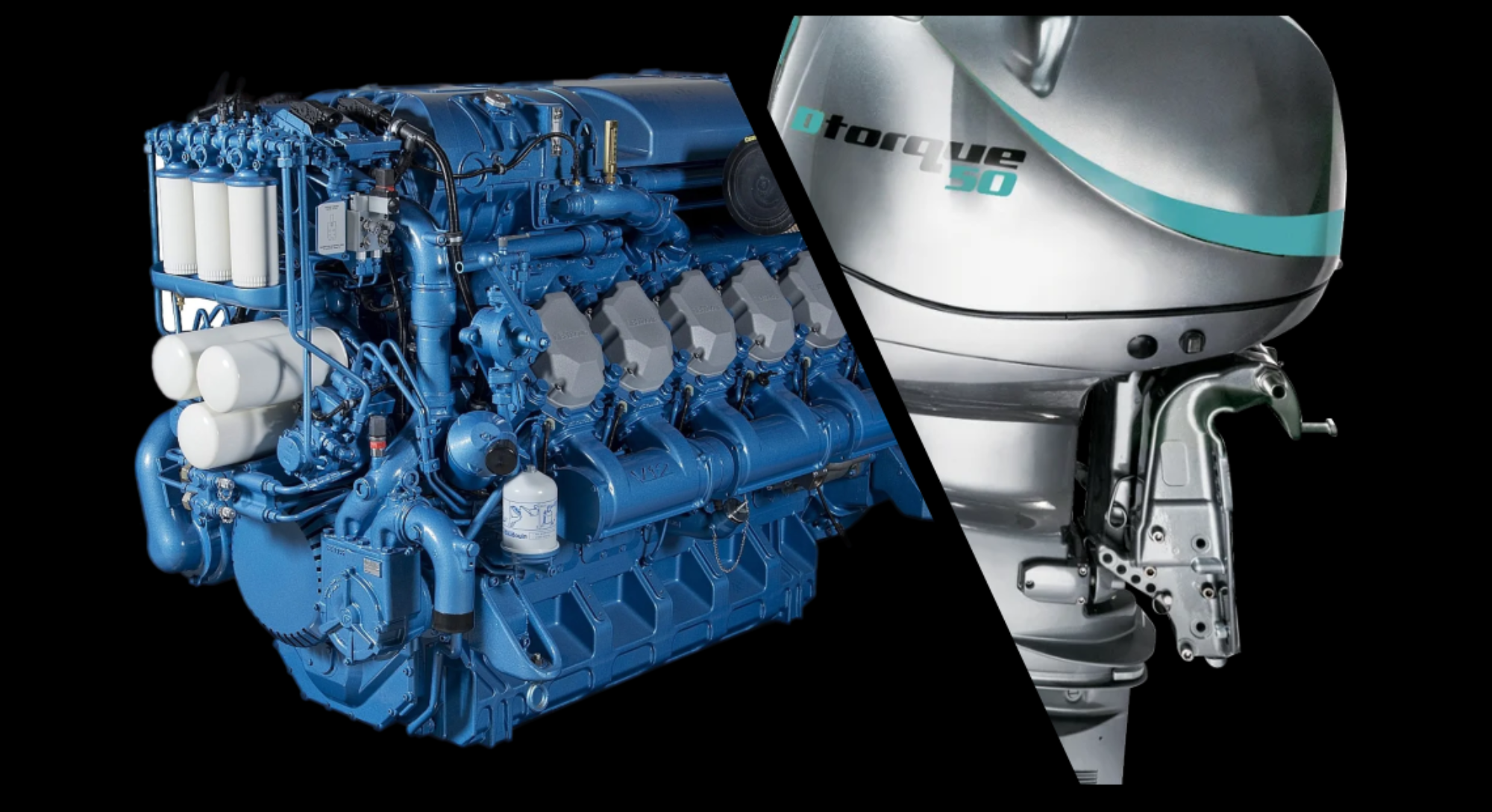ZF325-1A
A gear failure due to ‘slipping’ while at speed on a 55 foot Cabin Cruiser was addressed by our technicians. Intermittent clutch disengagement was evident during our short sea trials.
- The gearbox failure was caused by the ‘D’ Snap rings having fused into the clutch shaft. (fig 2) causing oil pressure failure. Intermittent loss of pressure from the Snap ring fusing has caused the gearbox clutch to intermittently disengage.
The Snap rings are housed inside an Aluminium pump housing (fig 1). The typical 20 b pressure acting on the ring edges have caused scoring of the aluminium surface as seen by the bright silver ring inside the bore (fig 1)

Fig 1 
Fig 2
- The snap ring fusing is likely from the aluminium particles from this scoring.
- The Roller bearings have begun showing score marks which are evenly spread across the rollers. (fig 2)
The indicative causes are:
a. Non-load-carrying lubricant film
* The absence of pitting marks minimises the likelihood of failure related to the thinning of lubrication and water contamination.
b. Contaminants in lubricant (fine, hard particles, e.g. dust, or also water)
* The absence of flaking also rules out lubricant contamination due to foreign particles, however a fine aluminium dust may provide enough abrasion for the bearing marks.
c. Insufficient adjustment of bearings in the case of uneven wear of tapered roller bearings.
Remedial measures:
– Typically, a lubricant with higher load carrying capacity, e.g. with more viscosity or EP additives is recommended.
– Shorten lubricant change intervals. The gearbox oil change interval is 1000 hours. It is always advisable to shorten this to every once in 3 engine oil changes. This is in consideration of high humidity inside the engine room.
CONCLUSION
The chances of operator abuse can safely be disregarded as the gearbox is fitted with electric shifting allowing for the necessary time delay.
The correct oil is used and all likely scenarios for failure from user negligence and contamination is eliminated.
The failure in the port gearbox and the commencement of symptoms leading towards the same failure on the starboard gearbox, is caused by the snap ring fusing on the clutch shaft. This is from the aluminium particles resulting from the scoring inside the pump housing.
It is difficult to understand why ZF has used an aluminium housing to allow seating of cast iron snap rings. All other gearboxes use a cast iron sleeve inside this housing for the snap rings to seat.
This engine and gearbox are rated at an extremely light pleasure rating allowing an annual usage of 300 and 500 hours respectively. This must be at or below 30% loading. This may be a reason for ZF to incorporate the unusual design feature discussed above.
In short the Gearbox failures are due to the rating of the engine not matching the operational requirements of this application.
